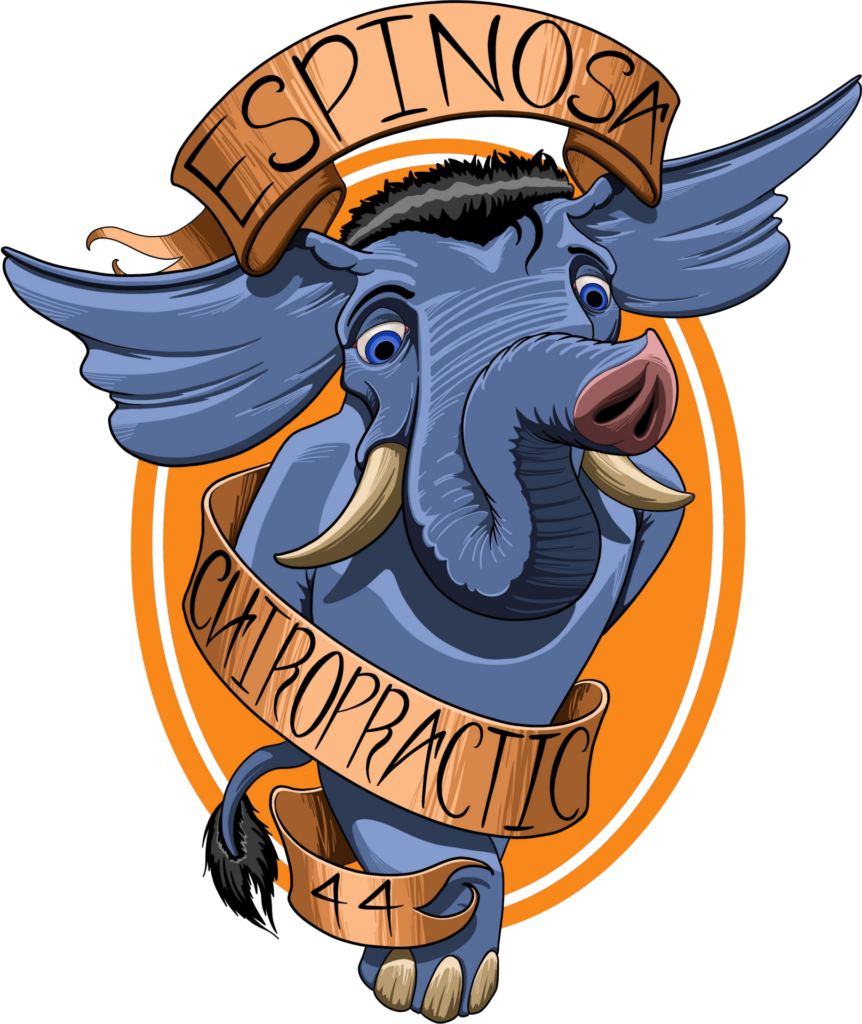
Range of Motion Where it Matters: Protecting your Neck

Few places are as important for a range of motion as the neck
Imagine that your neck had no independent articulation. While this may perhaps benefit people who suffer injuries from movement, it would make living a real pain in the…you guessed it. You would have to move your entire upper body to see from side to side or bend backward and forward to see up and down. For many people, the unfortunate reality is that injury or repetitive trauma has reduced their range of motion and makes normal tasks like looking side to side painful.
What is the normal range of motion in the neck?
There are four primary movements:
- Flexion: head to chest
- Extension: looking up toward the sky
- Lateral Bending: ear to shoulder
- Rotation: turning your head so that your chin is over the shoulder (or thereabouts)
What limits the range of motion in the neck?
Injuries to soft tissue in the neck, degeneration or injury to cervical vertebrae and spinal joints all make it difficult to move your neck without experiencing pain. Once you stop moving your neck, the muscles normally activated for movement cease to be used and start to atrophy, and range of motion is limited further. Injuries can be the direct result of trauma, from a car accident for example, or from a slow wearing down over time, for example from chronic poor posture.
What can we do about maintaining the range of motion in the neck?
At our office, we help you preserve a range of motion in the neck. A primary malefactor is poor posture- in particular forward head posture which sees the head positioned forward of its balanced point atop the spine. By resetting your posture, restoring spinal alignment through the cervical vertebrae, and adding strength and tone to the muscles of the neck and upper back, we achieve positive effects in your neck’s range of motion. If you are interested in leaving neck pain behind, give our office a call to schedule an appointment today.
